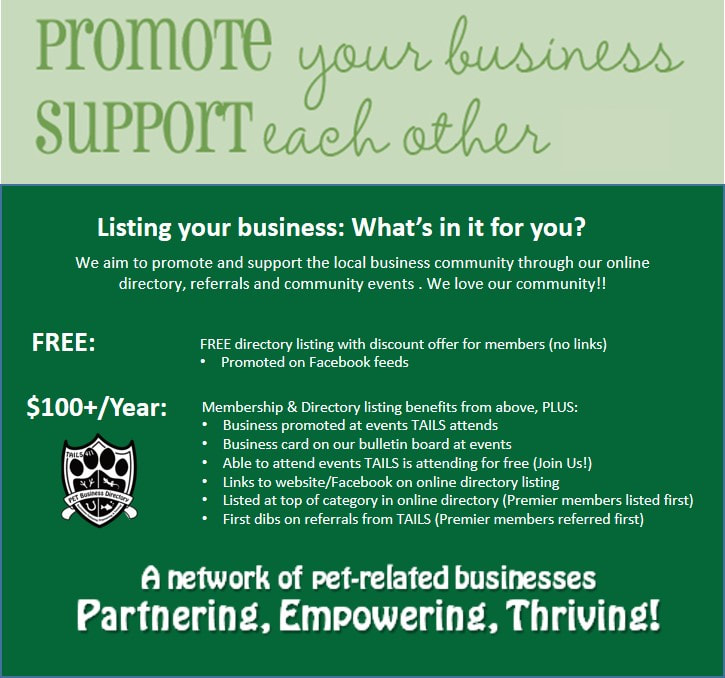|
Animal Transport
for Adoption Position statement from the ASPCA: Background In some regions of the country, unplanned litters of puppies have nearly been eliminated, due to aggressive spay/neuter campaigns, and shelters in these areas are now filled with large breeds, pit bulls and guarding-breed mixes who take longer to adopt and may not be recommended for first-time guardians. Shelters in other regions—most notably the South, Southwest and rural areas throughout the country—still receive more puppies and dogs than they can place locally. Shelters where there are now shortages of puppies and small- to medium-sized dogs are turning to animal transport to rescue healthy dogs from euthanasia and to bring diversity to their adoption kennels.ASPCA Position The ASPCA supports the transporting of animals from overcrowded shelters to those with available space as long as the following conditions are met: *Animals must be examined by a veterinarian, must be in good health, vaccinated, dewormed and treated for external parasites. Animals crossing state lines must have health certificates issued within 5-7 days of transport. Exceptions must be agreed upon by both parties. *Animals who will need extensive medical treatment during transport should not be transported, nor should any animal with a serious communicable or infectious disease, nor any pregnant animals. *Animals should be behaviorally assessed. Aggressive or excessively fearful animals should only be shipped if the receiving shelter offers a training/rehabilitation program and is committed to working with the animals. *Puppies must be at least eight weeks of age or shipped as part of a litter with their mother. Mothers with pups under eight weeks should only be shipped if the receiving shelter has available foster care until the pups are fully weaned at eight weeks of age. *Females in heat should not be transported with intact male dogs. *Receiving shelters must have sufficient space for transported pets without displacing any healthy or treatable animals from their own communities. *Copies of pet health records and behavior assessments must be transported with the animals. *Animals should be caged separately unless part of a litter or a bonded pair relinquished from the same household. *Animals should travel in stationary cages, or the crates/cages must be affixed to a stationary object. *Animals must wear identification collars/tags. *Transport vehicles must be cleaned and disinfected between shipments and whenever occupants change cages. *Transport vehicles must have proper ventilation and climate control. *Exporting shelters must have spay/neuter and education programs in place in the community that will eventually lead to the end of transport and euthanasia for lack of space. *Stray puppies from rabies endemic areas whose vaccination history is unknown should be at least 12 weeks of age in order to receive a rabies vaccination prior to shipping. |



